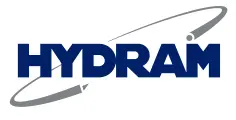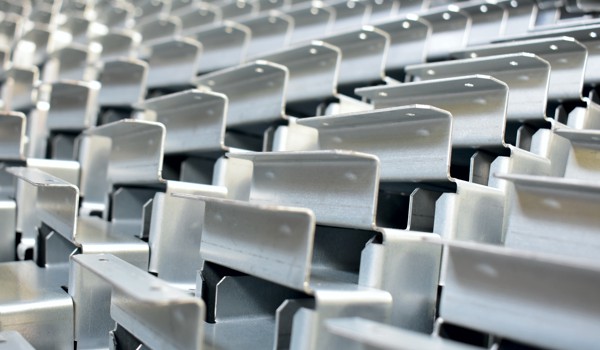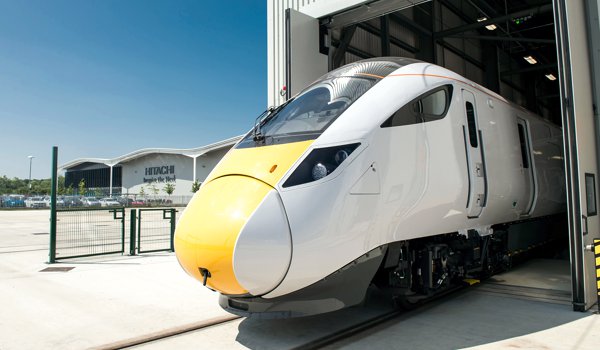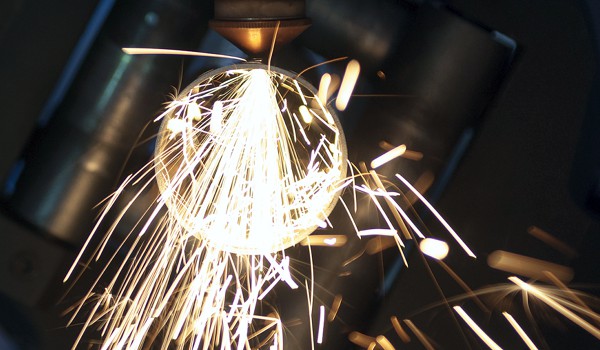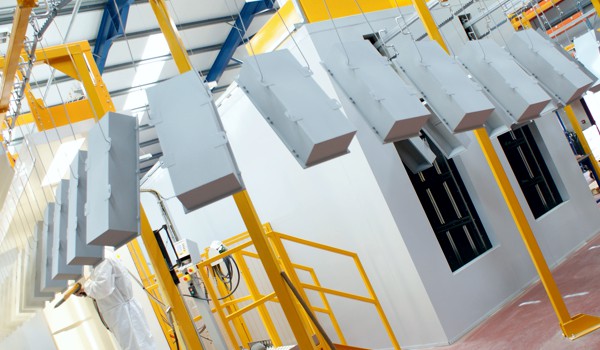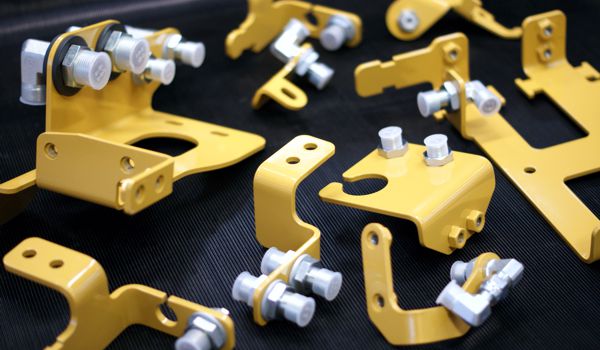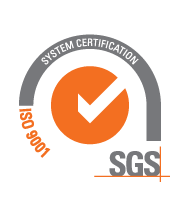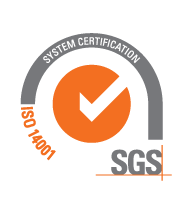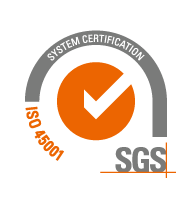Guidelines For Drafting & Dimensioning Folded Sheet Metal Components
Dimension the part in a single direction where possible. Due to the sequential nature of the forming process, and the fact that a dimensional variation is introduced at each bend, dimensioning in a single direction parallels the process and helps to control tolerance accumulation.
Allow a more generous tolerance on flange lengths (+/- 0.2mm) as tighter tolerances, while achievable, will make the part more expensive. Often tolerances in the drawing title block may be unnecessarily tight for certain dimensions and angles, while appropriate for others.
Avoid dimensioning bend radii where possible. Each subcontractor will have their own tooling preference, and this determines the bend radii on the part. If bend radii are important then whenever possible use the same bend radius for all of the bends on the part. This helps the subcontractor minimise set-ups and reduce costs. In any event, a generous tolerance should be allowed to allow a maximum choice of tooling (typically +/- 30% of the required dimension). Note that the resulting radius should not vary within a batch of components made with the same tooling despite the wide tolerance allowance.
Generally, dimensioning should be done from a feature to an edge. Avoid feature-to-feature dimensions over two or more planes. Feature-to-bend dimensions may require special fixtures or gauges.
Outside dimensions should be used. Unless the inside dimension is critical it is preferable to use outside dimensions as these are more easy to measure. However, offsets and embosses should be dimensioned from the same side of the material unless the overall height is critical.
Only the absolutely critical dimensions should be highlighted as such. Placing excessively high tolerances and redundant critical dimensions on a drawing can dramatically increase the cost of the part.
Mark up blank developments as “For Information Only”. Developments provided by third parties are often created without consideration for the actual pressbrake tools to be used during production, which will influence the accuracy of the finished part. To maximise quality, precision subcontractors will generate their own blank development to suit their tooling, ensuring that the formed component matches the requirements.
